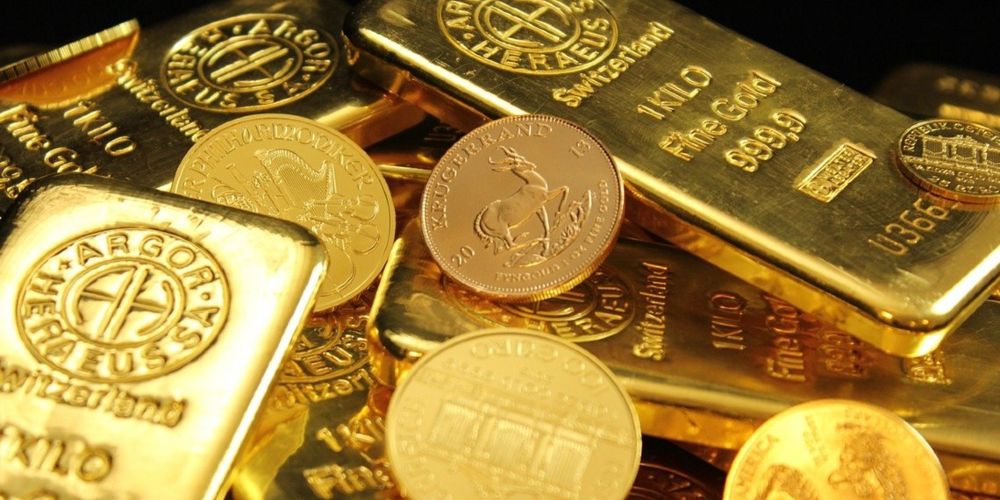(Zero Hedge)—By Eric Peters, CIO of One River Asset Management
“Let me start with the psychology that governed the gold market for years,” I said. It was our IC meeting and the topic of gold’s recent outperformance versus bitcoin came up. “When Bernanke unleashed QE during the GFC, a lot of very smart people rushed to hedge themselves against a massive monetary inflation. Gold was an obvious hedge, and the Baby Boomers were in their investing prime back then. They felt highly exposed to an inflating-away of their life savings. They already owned homes. Many bought gold. Some bought far too much.”
“Republicans prevented Obama from the wild stimulus spending he sought. And China’s deflation-exporting economy was still being brought online in the aftermath of its WTO ascendance. Plus, Beijing pumped it up through massive subsidies/stimulus. There were surely other reasons why inflation didn’t take off back then. Expectations remained generally stable. And despite Europe’s response to an existential sovereign debt crisis, and Draghi’s 2012 commitment to do “whatever it takes”, the Germans never let spending get out of control.
“Gold peaked in the summer of 2011 at over $2500/oz and turned lower. By 2015, it had fallen roughly 40%, back to the $1400 level it hit in March 2008. All these Baby Boomers with gold buried in their backyards were gutted. They prayed that if they ever got back to the highs, they’d sell. We’ve all prayed like that. Every one of us. Those who held until July 2020 got the chance to sell again near the 2011 highs at $2400. Covid stimulus sparked that rally. Some sold. Gold fell. The holders begged forgiveness. Then sold. Gold fell 30% over 2yrs.
“Baby Boomer bulls eventually lost faith. Many needed cash, they were retiring. Some got bearish gold and pointed to the EU’s confiscation of Russia’s foreign reserves following the Ukraine invasion. “If gold couldn’t rally on that, then would it ever,” they asked. The last disillusioned bulls sold their final ounce. Then gold started rallying. It has not looked back. That’s what can happen to a market once you clean out the remaining stale positions. A clean market can really move, given a clear fundamental catalyst; gold has at least two.
why oh why did gold decouple from gold ETFs in 2022, just as central banks unleashed a record gold buying spree pic.twitter.com/qFb0ZCPOF4
— zerohedge (@zerohedge) April 17, 2024
“The confiscation of Russian assets means governments will increasingly diversify their foreign reserves into non-sovereign assets. Gold is one. And now that China is committing to stimulus, every major economic zone appears to be doing the opposite of austerity. So, in a world of potentially infinite fiat, scarce assets should appreciate. Gold has. It’s +40% over the past 12mths. Bitcoin is +134% over that period. But for the past 7mths, Bitcoin has chopped around in a 30% range (13% below all-time highs), while gold continued upward. Why?
When Bitcoin hit $59k in Apr 2021, the bullishness was insane. It fell nearly 50% through that summer and made new highs around $65k in Nov 2021. Then it collapsed to the $15k area on the FTX failure. A material portion of bulls who endured that net worth crash prayed to God that they’d sell some, most, maybe even all (probably not all, this is crypto) if they ever got back to the highs. Bitcoin hit $72.75k this Mar. There’s been selling into every market rally since, even as clear fundamental catalysts appear (the same ones as for gold). And as this happens, market positioning gets cleaner.


